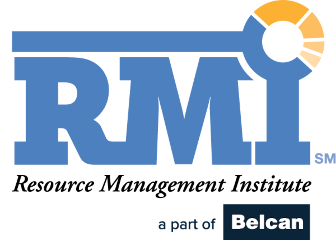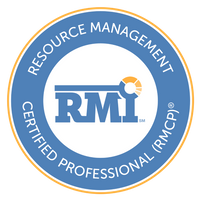In the services industry, success relies on getting resources with the right capabilities on the right assignments and at the right margins. Effectively managing this process is critical for client satisfaction and successful project delivery. It is also extremely valuable, but difficult to maintain.
The impact of even a small improvement in resource utilization can have major positive impacts on a business. For example, If 15 resources add 10 hours of billable work per week, that means a total of 150 extra billable hours each week. Assuming a bill rate of $200 per hour, this creates an extra $30,000 revenue each week, or an additional $1.44 million profit each year.
But selling projects with good margins is not the hardest part of the process. It’s managing the high degree of change that can often occur midway through a project that is incredibly difficult. To combat this, an exciting model has emerged in recent years that approaches resource management as a dynamic, holistic process: Full-Cycle Resource Management.
Better understanding this process and its impact can help services organizations effectively implement Full-Cycle Resource Management into their own unique businesses.
The Structure of Full-Cycle Resource Management
In Full-Cycle Resource Management there are four phases that mirror the project delivery lifecycle from inception to analysis: Estimate, Plan, Deliver and Analyze & Optimize. Each of these phases involves a combination of roles within an organization, including executives, consultants, resource managers, project managers, services leaders, and department or team leaders. After each phase, there is an evaluation step designed to inform both the previous and next phase in the process. Furthermore, the fourth phase of the process, Analyze & Optimize, is a feedback loop that will help inform improvements across the other three phases. By treating resource management as an iterative cycle, it becomes easier to prepare for conflicts and proactively make changes to the project or team.
There are specific benefits made possible through each of these phases and together, they create an even greater impact on a business.
Phase #1: Estimate
The Estimate Phase occurs during the sales cycle, when new business teams, account managers, and project managers collaborate during the proposal process to get an idea of the time, resources, and budget needed. This phase is critical for setting the project up for success.
Phase #2: Plan
During the Plan Phase, project managers, resource managers, and department heads determine how resources will be allocated for a project in a way that maximizes project success. The ability to visualize the entire resource pool and adjust variables in order to create various scenarios with different financial implications is key.
Phase #3: Deliver
The Deliver Phase is when the project plan is set into motion. Project delivery teams, project managers, and resource managers must communicate and collaborate on changes in project scopes, timelines, and budgets to be able to adjust resources efficiently. This is the phase when unexpected challenges or obstacles pop up, although the impact of these is ideally minimized because of the prep work in the Estimate and Plan Phases.
Phase # 4: Analyze and Optimize
While listed as phase four, the Analyze & Optimize Phase is not a final step — it’s a phase that is constantly layered across the resource management process to help make smart decisions quickly. Everyone involved in a project has a hand in this phase, as it requires constantly measuring results, maximizing what works, and minimizing what doesn’t.
Improvements Made Possible by Full-Cycle Resource Management
The most important effect of Full-Cycle Resource Management is that it helps organizations create process consistency and governance within the chaos that is common within projects. Full-Cycle Resource Management creates a simple model that is easier to execute and reproduce by a business for every project.
The result is that services businesses can experience a constant improvement in their project execution because the phases of Full-Cycle Resource Management are not meant to be linear, but instead bleed between each other. This provides team members with the critical ability to look forward and backward between phases. It also always projects to continually evolve as the four phases are designed like building blocks. Each phase builds on the next, and the final outcome of the project takes shape over time.
Companies that implement Full-Cycle Resource Management can move past current, traditional project management processes that are often too rigid for modern business demands and instead embrace more dynamic processes that allow for greater flexibility without sacrificing healthy margins. In the end, Full-Cycle Resource Management provides businesses with the ability to implement more strategic execution as each phase has a purpose and a calculated method that affects every part of the business. When executed, it contributes to a more effective strategy that makes each project more efficient than what was previously possible.
Learn more in Mavenlink’s Resource Management eBook avaialble at – https://learn.mavenlink.com/resourcemgmtguide/.

Ryan Montano
Ryan Montano is a technology professional with a passion for Product Management, Product Marketing, and Product Development. His areas of focus include B2B SaaS, Project Management, Analytics, Machine Learning, Artificial Intelligence, UI/UX design, and Startup Ventures. Ryan has spent nearly a decade in product development working closely with R&D and marketing teams on long-term strategic planning. This has allowed him to help shape countless key technology features and requirements that capture the essence of product value for clients.




